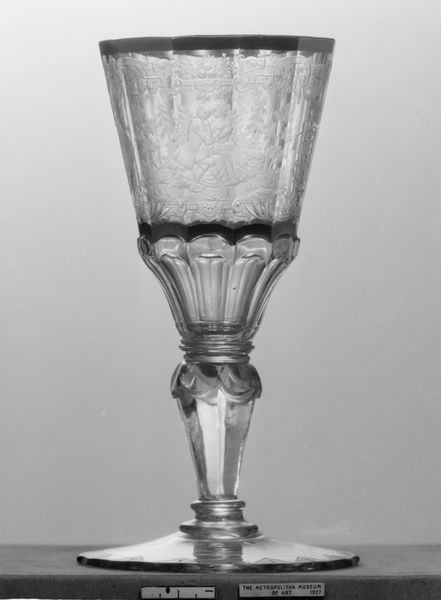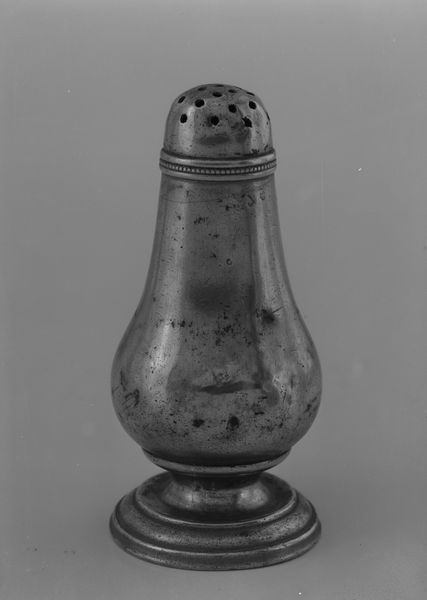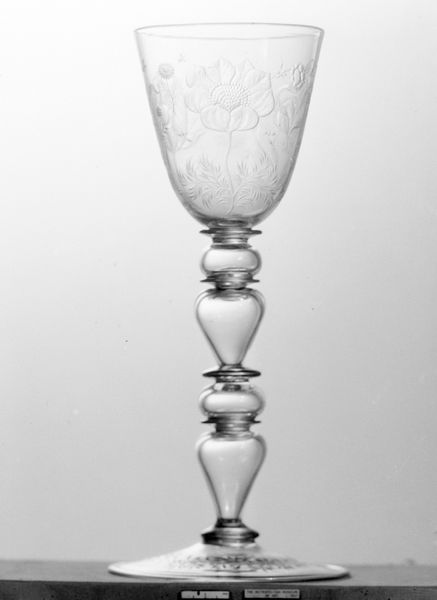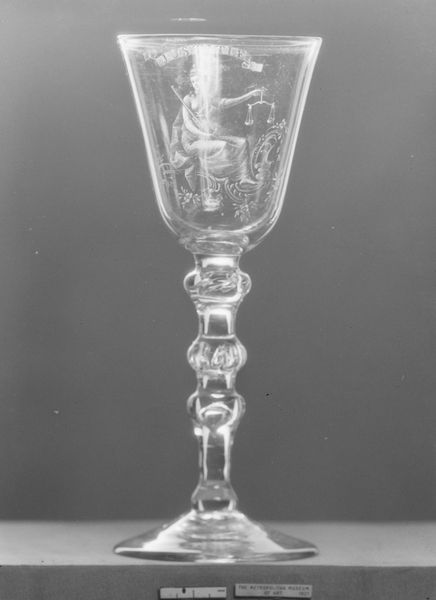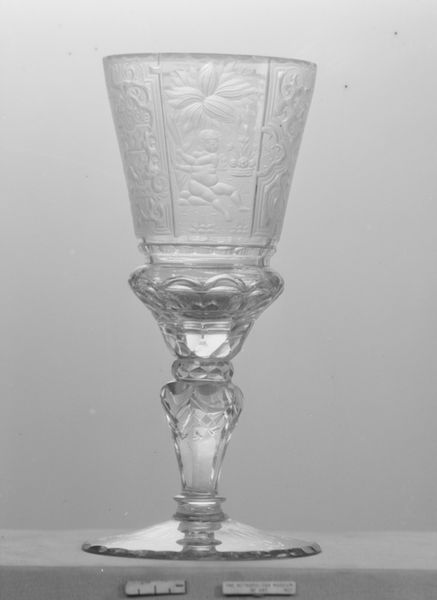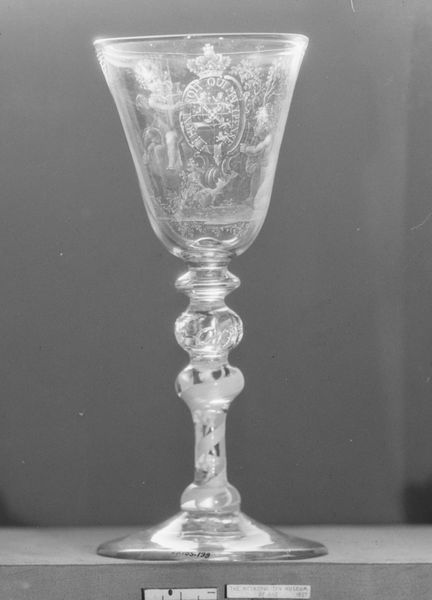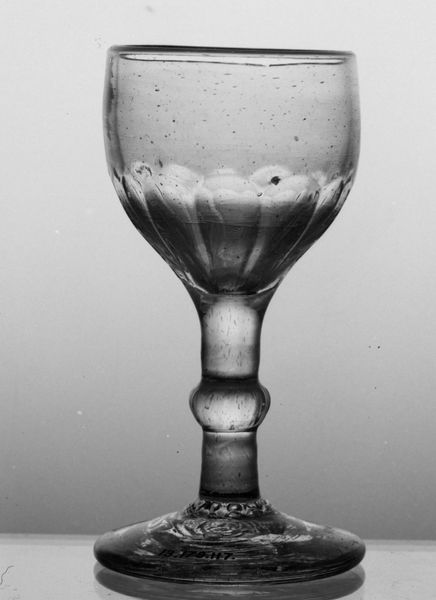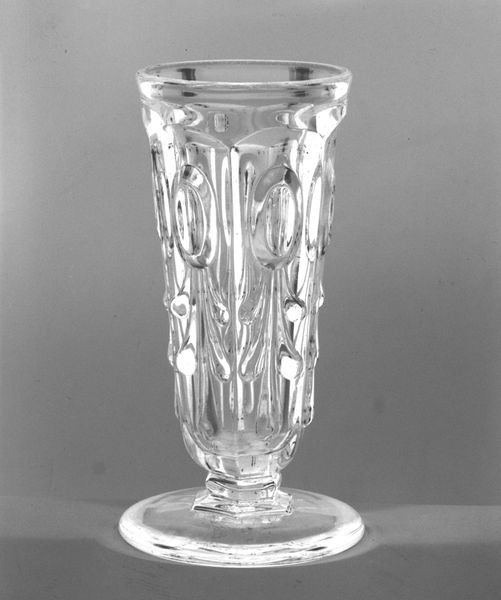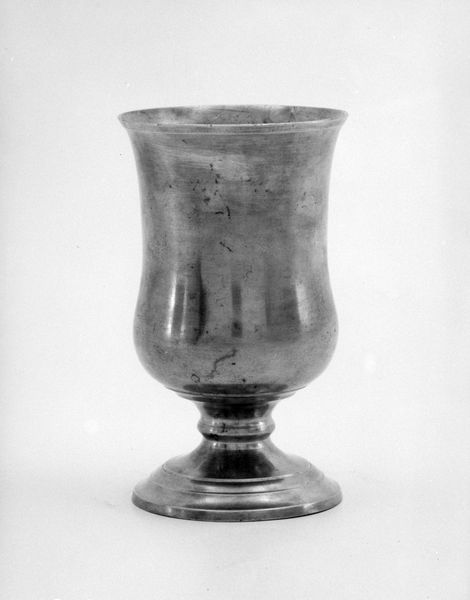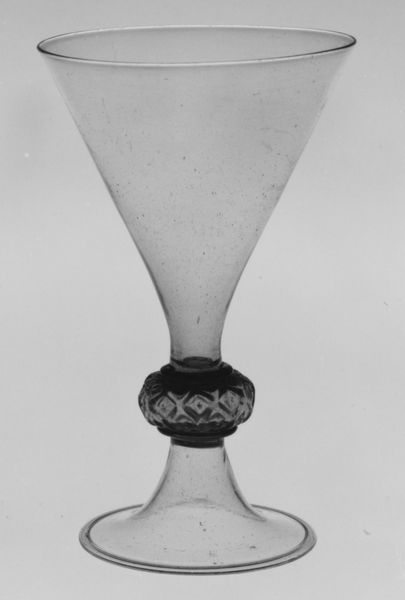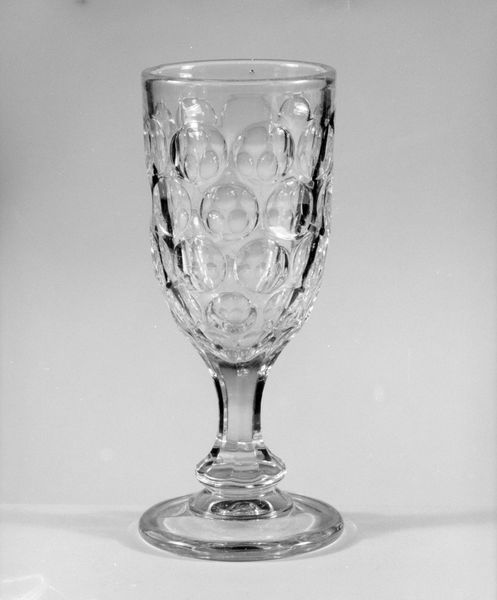
silver, metal, sculpture
#
medieval
#
silver
#
metal
#
sculpture
#
decorative-art
Dimensions: Overall: 7 × 3 in. (17.8 × 7.6 cm)
Copyright: Public Domain
Editor: This is a silver communion cup with paten cover made in the late 16th century. It’s simple but striking. What symbolic weight does a piece like this carry? Curator: A communion cup is never *just* a cup. Consider what it holds: wine, which becomes the blood of Christ. The vessel itself transforms into a sacred object. What stories and memories might be held within its form? Editor: It looks rather austere. Were these types of objects typically so unadorned? Curator: Sometimes. Purity and simplicity can also carry strong messages. Think of monastic orders, valuing humility. What does the material – silver – itself suggest? Editor: Well, silver has always been associated with value and purity. Maybe the craftsmanship and material speak to devotion. Curator: Exactly! And look closely – are those small markings just decoration, or something more deliberate? They almost resemble the hallmarks or maker's marks you see even today. Each symbol contributes meaning. Perhaps signaling the quality and endorsement of a specific silversmithing workshop or guild? These details serve as powerful, if subtle, endorsements and reassurances. How does that affect the object’s function? Editor: I never thought about the economic aspect of religious objects, only the spiritual. The added markings definitely contextualize the object in the culture that made it. Curator: Indeed. Even a "simple" cup is a confluence of social, religious, and artistic forces, resonating far beyond its immediate function. A lot can hide in plain sight.
Comments
No comments
Be the first to comment and join the conversation on the ultimate creative platform.
